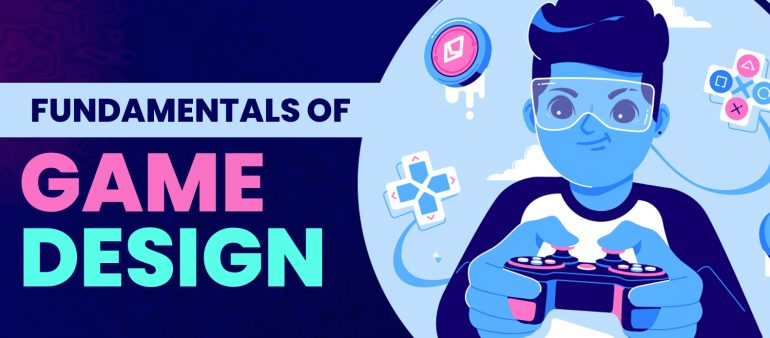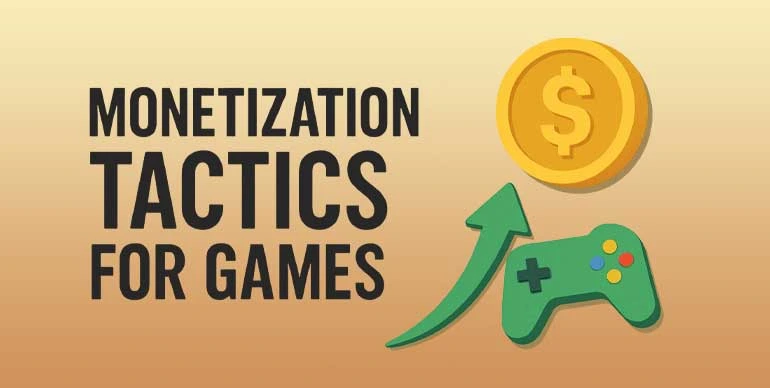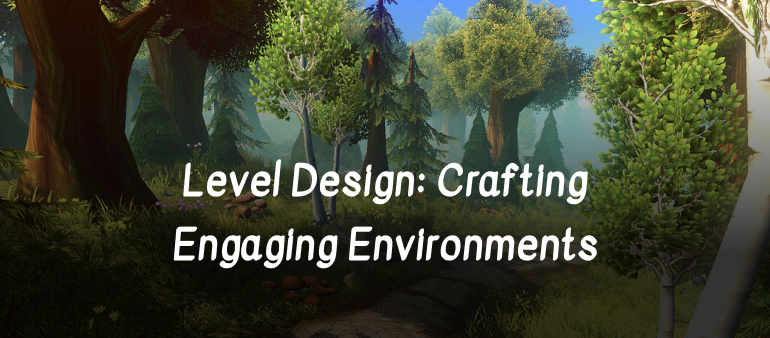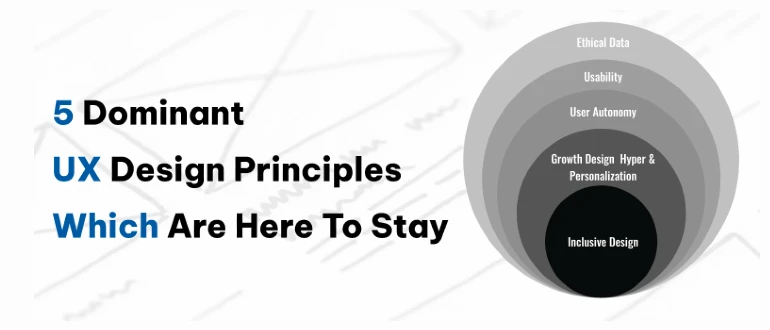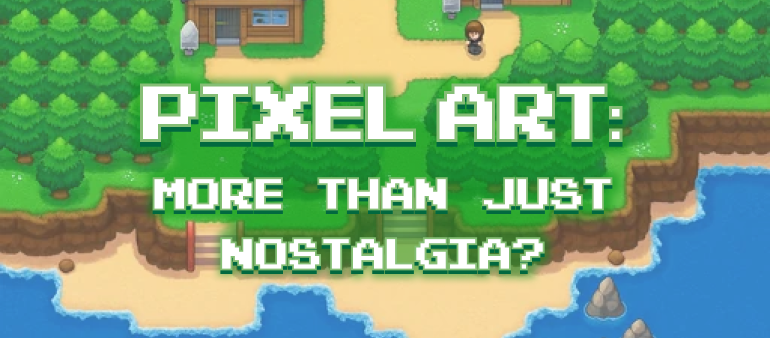Have you ever designed a game? If yes, then what game design fundamentals do you prioritize in your own designs?
No idea?
Don’t worry; we’ll help you.
Game design is incredibly complex and fascinating, with countless nuances and techniques to master.
In their book, the authors of “Rules of Play: Game Design Fundamentals,” Katie Salen and Eric Zimmerman, underline the significance of design by stating that the design constitutes 50% of “game design”.
And if you're a fan of games like Minecraft, Fortnite, or Call of Duty, you might be interested in learning more about game design fundamentals. Understanding the fundamentals is crucial whether you're making games for fun or hoping to start a career in the industry.
In this article, we'll explore some key building blocks of game design fundamentals. We will cover everything from crafting intuitive and engaging game mechanics to creating immersive storylines and themes to prioritizing user interface and experience. Whether you're interested in designing platformers, first-person shooters, or role-playing games, these game design fundamentals are applicable to any genre.
Game Mechanics
Video game mechanics are the foundation of any game and dictate how players interact with the game world. They should be intuitive and easy to understand but also deep and engaging enough to keep players coming back for more.
They are the rules and systems that govern how the game works, including things like movement, combat, and interaction with the game world.
Here are a few examples of game mechanics to help you understand them better:
When designing game mechanics, it's important to keep the player experience in mind. Your mechanics should be intuitive, easy to understand and deep and engaging enough to keep players returning for more. The key is to create mechanics that are intuitive, engaging, and fit well with the overall theme and style of the game.
Story and Theme
While game mechanics are the backbone of any game, they're not the only important factor. A game's story and theme are just as critical as they provide context and motivation for players to engage with the game world.
Whether creating a deep, complex narrative or a lighthearted, whimsical story, it's important to keep your players engaged and invested in your game's world and characters.
UI/UX in Game Design
User interface (UI) and User Experience (UX) are two critical aspects of game design that are often overlooked.
A well-designed UI can make or break a game, as it determines how players interact with the game world. Similarly, a good UX design ensures that players have a smooth and enjoyable experience while playing your game.
Let’s understand the importance of UI/UX in game design fundamentals with these two examples,
“When a player first starts a game, they typically have to navigate through menus to start playing. If the menus are confusing or difficult to navigate, it can be frustrating and turn the player off from playing the game”.
And, “Sometimes players need additional information about what's happening in the game world. For example, if a player picks up a new item or encounters a new enemy, the UI can provide information about what the item does or how to defeat the enemy”.
So, whether you're designing a console game or a mobile app, it's essential to prioritize UI and UX to ensure your players stay engaged and interested.
Level Design
Level design is the process of creating the game world itself, including the layout, environment, and obstacles players will encounter.
Good level design is crucial for creating engaging and challenging gameplay, as well as for keeping players immersed in the game world. So, if you're designing a platformer, an open-world game, or a first-person shooter, effective level design is key to keeping your players engaged and invested in the game.
Art and Sound Design
Finally, art and sound design are critical components of game design that often go overlooked. The visual and auditory aspects of a game are just as important as the mechanics and story, as they help create a cohesive and immersive experience for players.
For example, if you're playing a space-themed game and you shoot an asteroid, the art and sound design can make a huge difference in how satisfying that action feels. If the asteroid shudders violently, explodes with a loud sound effect, and fragments scatter in all directions, the game has effectively communicated the outcome of your action. (Salen & Zimmerman, 2003, #)
On the other hand, if there's no visual or auditory feedback, the action may feel unsatisfying or even meaningless. In this way, art and sound design can greatly contribute to the overall immersion and enjoyment of a game.
So next time you're designing pixel art, 3D models, or realistic environments, then it's essential to prioritize art and sound design to create a truly engaging and memorable game.
Conclusion
Game design is a vast and complex field, with countless techniques and best practices to master. However, by understanding these basic game design fundamentals, you'll be well on your way to creating engaging, immersive, and memorable games. Whether you're just starting out or have been designing games for years, it's essential to prioritize these fundamentals to create the best possible player experience. Logic Simplified, the top game development company in Dehradun, has an experienced team of game designers for hire that use the best game development engines for clients to build thrilling, entertaining and engaging games. To know more about us, contact us or drop us an email at enquiry@logicsimplified.com.
 Get a Quote
Get a Quote

